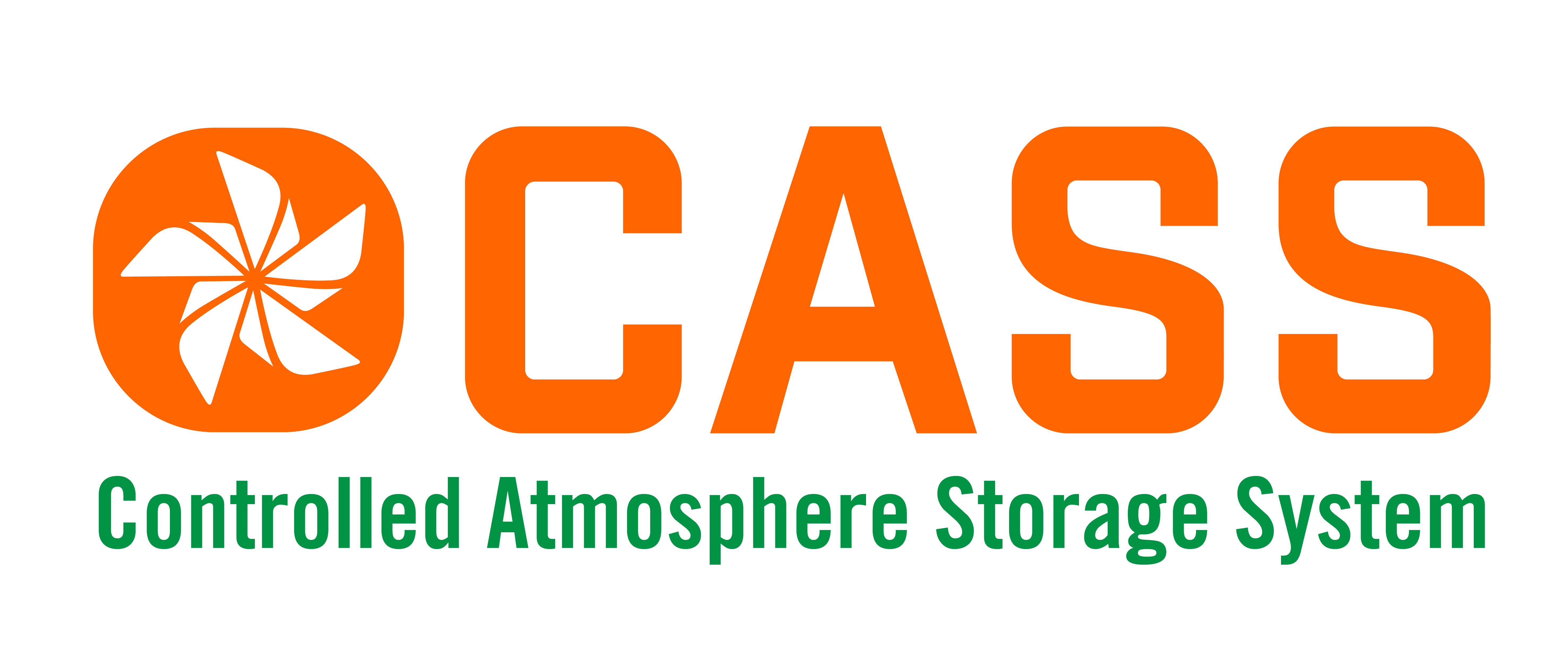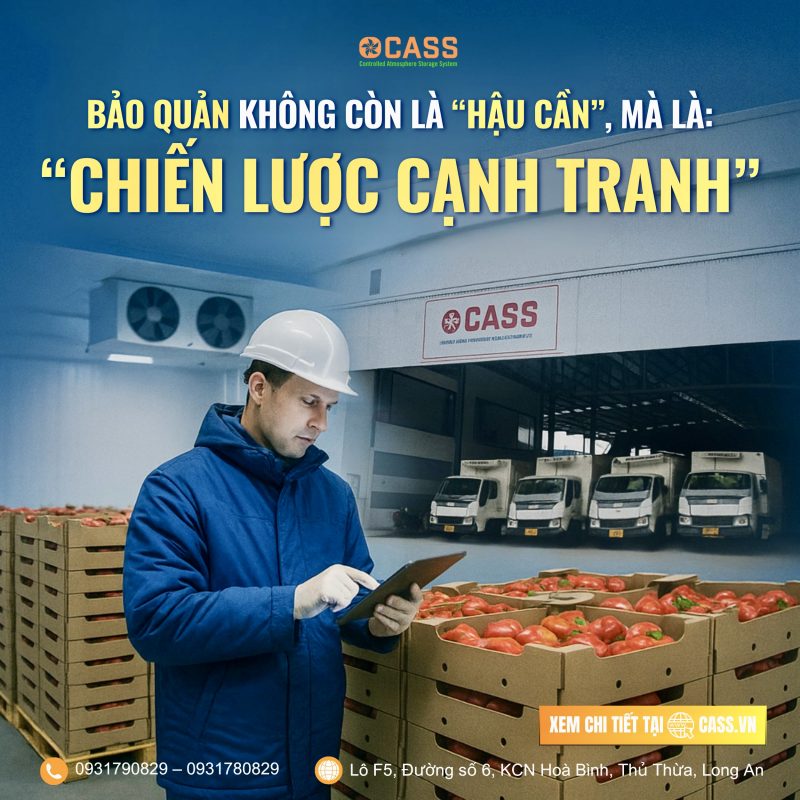In 2025, Vietnamese agricultural exports have continued to show strong growth, yet they are simultaneously facing intense challenges in one of the most overlooked yet critical areas: post-harvest preservation. What was once considered merely a logistical task has now become a defining factor in determining a business’s ability to compete globally.
According to the Ministry of Agriculture and Rural Development, logistics costs account for 20–25% of the total value of Vietnam’s agricultural exports—double the rate of countries like Thailand. For some product groups, such as rice and fruits, logistics costs have reached 29–30%, making Vietnamese goods less competitive even before they leave the country.
Equally alarming are the post-harvest losses. Vietnam loses an estimated 8.8 million tons of agricultural and aquatic products annually—equivalent to about USD 3.9 billion. This accounts for nearly 2% of the country’s GDP and up to 12% of the agriculture sector’s GDP. In the fruit and vegetable segment alone, post-harvest losses range between 25–45%. These figures represent not just economic waste, but also reputational damage in international markets, where products are increasingly rejected due to spoilage, improper ripening, poor appearance, or chemical residue.
Cold-chain infrastructure—or the lack thereof—is another bottleneck. Vietnam’s total logistics cost amounts to around 16.8% of its GDP, significantly higher than the global average of 10.7%. Meanwhile, the Mekong Delta, one of Vietnam’s key agricultural hubs, accounts for only 15% of the nation’s cold storage capacity. Even with infrastructure improvements, the absence of a coordinated cold-chain network continues to threaten the export readiness of Vietnamese produce.
In today’s competitive global markets, where quality, traceability, and chemical-free standards are non-negotiable, preservation has become a strategic differentiator. Businesses are no longer merely selling crops—they are selling freshness, consistency, and food safety over time.
This is where CASS (Controlled Atmosphere Storage System) steps in as a game-changing solution. By applying CA (Controlled Atmosphere) technology, CASS reduces post-harvest losses to below 5%, extends storage life by 2–4 times, and maintains natural color, texture, flavor, and nutrition—without the use of chemicals. Additionally, CASS integrates CA into refrigerated containers, enabling long-distance transport by sea and reducing logistics costs by 50–70% compared to air freight. The system also includes robotic ASRS technology and smart traceability software, helping businesses operate transparently and efficiently in global supply chains.
CASS enables producers and exporters to shift from reactive selling under pressure to proactive planning, unlocking greater value and long-term market access. As Vietnam positions itself to climb higher on the global agricultural export ladder, clean, scientific, and effective preservation is no longer a supporting role—it’s the main act.
The 2025 data is clear: high logistics costs, excessive post-harvest waste, and inconsistent quality are hindering the country’s growth. But modern preservation doesn’t just prevent losses—it helps define value, elevate branding, and unlock sustainable profitability.
CASS is delivering that breakthrough. It’s not just helping Vietnamese agriculture survive—it’s helping it lead.
CASS – Smart preservation solutions, strategic leverage for Vietnam’s agricultural future.




